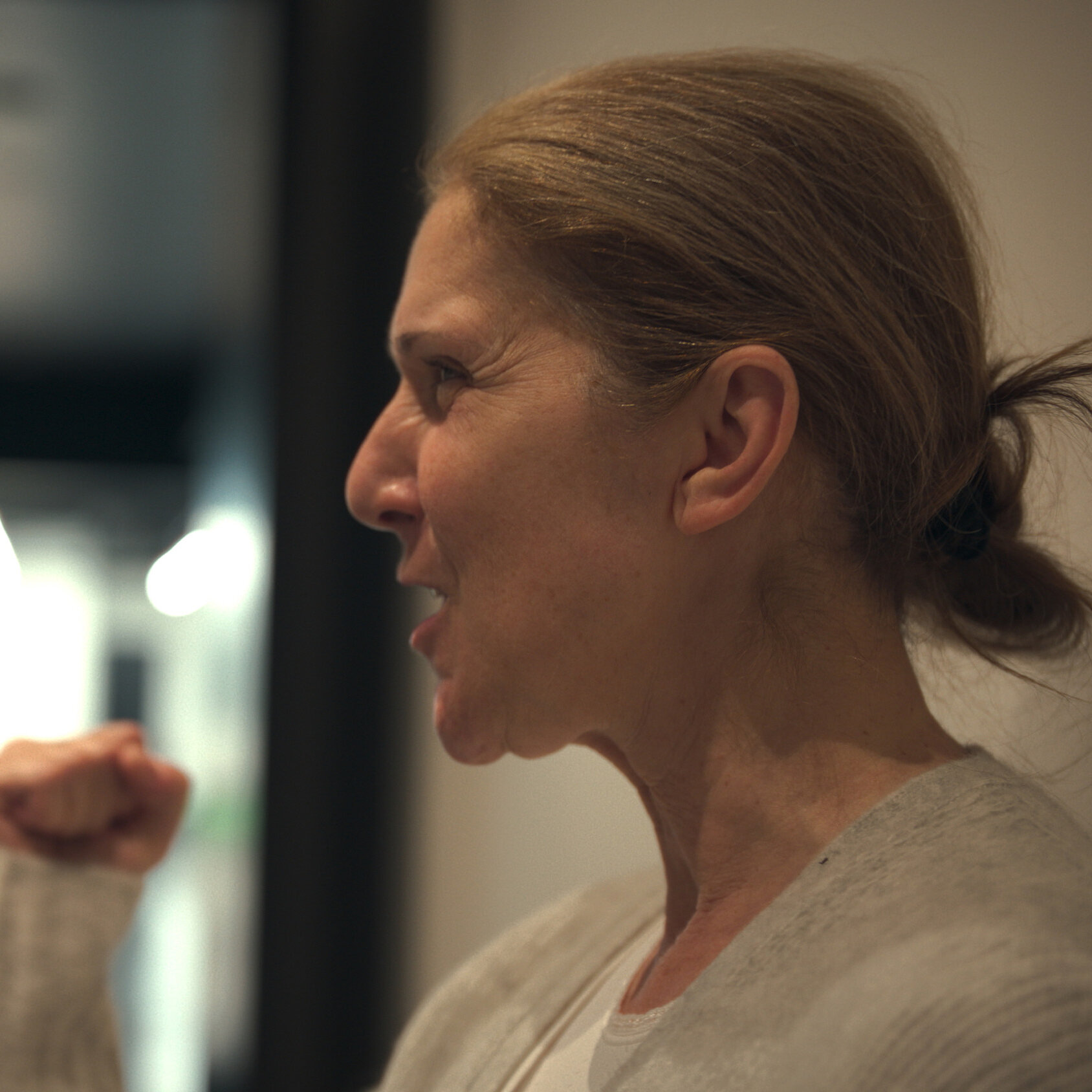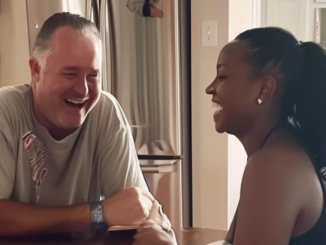
An orphan colt whose mother died shortly after giving birth has a new mom – a mare that had tragically lost her foal – thanks to the generosity of strangers and Washington State University veterinarians playing matchmaker.
Pairing an orphan foal and a nursing mare is a challenging task and one that commonly ends with failure. In this case, the connection was instantaneous.
“The mare had only been without a foal for about 24 hours,” Dr. Lisbeth Matthews, an equine medicine and surgery intern, said. “We walked her into the Veterinary Teaching Hospital and past him. He made a noise, and she went, ‘oh, there’s my foal,’ and started making noises back at him.”
It was a surprise to everyone how quickly the mare, named Shelly but affectionally called Mama by her owners, Roy and Faye Lions, accepted the colt. Equine veterinarian Jenifer Gold, who was helping to care for the foal and to supervise its introduction to the mare, said nursing mares frequently reject orphan foals, and when they don’t, the pairing process often takes days.
“She walked in and started nickering at him like it was her own baby – it was unbelievable,” Gold said. “I’ve been doing this for 20 years, and I have never seen it happen that way.”
The foal, which has been named Laredo, was admitted to the teaching hospital by his owner, Spokane resident Rachel Williams, just days after he was born when he started showing troubling digestive issues. Shortly after the colt arrived in Pullman, Faye Lions placed a call to WSU to see if the equine team was aware of any orphan colts needing a nursing mare.
“Our foal was dead, and nothing was going to bring it back, so we were hoping we could help someone else,” Faye Lions said. “It just so happened there was a foal there.”
A day later, the colt and Shelly were introduced.
“For them to be so willing to basically hand over their animal to a complete stranger after experiencing their own tragedy was pretty phenomenal,” Williams said. “I feel like in this scenario it was the worst of the worst for everybody, but there was a little bit of silver lining to the story.”
Williams is also grateful for the care and treatment she and her foal received at WSU.
“I just can’t even find words to say how great the veterinarians at WSU were,” she said. “They went above and beyond. I am just happy I ended up at WSU. I am so glad we were able to match those two up – it is kind of a miracle.”
Shelly will live with Williams until the colt is ready to be weaned, likely in six months, before she will return to her home in Kamiah, Idaho.
“It will be tough to say goodbye because you just naturally start to bond with animals, and she has kind of been my lifesaver,” Williams said. “It will be bittersweet for sure, but I am sure her owners will be happy to have her back.”
During the spring, the equine team at WSU typically sees at least a handful of orphan foals. Equine medicine specialist Dr. Macarena Sanz said orphan foals can be fed a powdered milk formula designed for horses, but those raised by humans typically develop behavioral issues that can become problematic as the animal matures.
“They turn out to be socially weird, have no understanding of personal space, and they are more difficult to train,” WSU equine veterinarian Macarena Sanz said. “The fact that this orphan foal has a mare is really going to make a difference.”
Sanz strongly encourages owners to immediately call their veterinarian if a foal is orphaned, as early care is critical to the animal’s survival.
Céline Dion Shares Raw Video of Stiff-Person Syndrome Crisis in Never-Seen Footage from New Documentary

In a devastating moment from “I Am: Céline Dion,” the famous person battles through an unexpected and horrifying SPS episode.

Fans are getting an unheard-of glimpse inside Céline Dion’s tribulations during the last few years of her life.
After being diagnosed with stiff-person syndrome in August 2022, the 56-year-old superstar tentatively but proudly returns to the recording studio in a devastating sequence towards the end of her new documentary, I Am: Céline Dion (available for streaming globally on Prime Video).
Shortly after, as part of her continuous treatment regimen, she makes her way to physical therapy and her foot starts to hurt.
Dion’s body locks up, indicating that she is in severe agony while her care team gives her a diazepam nasal spray during the SPS crisis episode. One of her teammates says, “We’ll do a 9-1-1 if she goes back into a spasm.”
In the movie, Dion subsequently remarks, “Every time something like this happens, it makes you feel so embarrassed.” “I’m not sure how to say it. You know that you dislike losing control of yourself?
The five-time Grammy winner thought back on the horrifying moment that director Irene Taylor’s crew captured on camera during her PEOPLE cover interview.
“Overstimulation—whether it be happiness, sadness, sound, or a surprise—can put me into a crisis—that’s one part of the [SPS] condition,” Dion explains, adding that she “did not see” the crisis episode coming that day. “Before something triggered, I was fine.”
Taylor’s understanding of the condition deepened when she was “two feet away” from Dion during the crisis.
Taylor remarks, “That was really amazing, not just for Céline to go through it, but for me to see as well.” “I continued to film because that is how I work, and I thought we would decide later whether or not to incorporate that into the movie.”

Dion and Taylor had developed a close relationship by the time the movie was in post-production, and according to Taylor, “I knew that putting it in the film was really not a risk because she believed in me at that point.” “I really can only thank her for that because she is an open book, was there, and didn’t hold anything back.”
Dion is attempting to humanize the uncommon illness through the movie and contribute to fund-raising efforts for scientific studies in the pursuit of a solution.
Neuropathy has a very broad spectrum. For this reason, I’m making a lot of effort to raise money so that people can speak with their husbands, friends, or neighbors about it,” Dion explains.
Adds Dr. Amanda Piquet, the doctor who diagnosed Dion and director of the University of Colorado Anschutz Medical Campus’s program on autoimmune neurology: “There are many exciting things in store for SPS, and the future looks bright.”



Leave a Reply